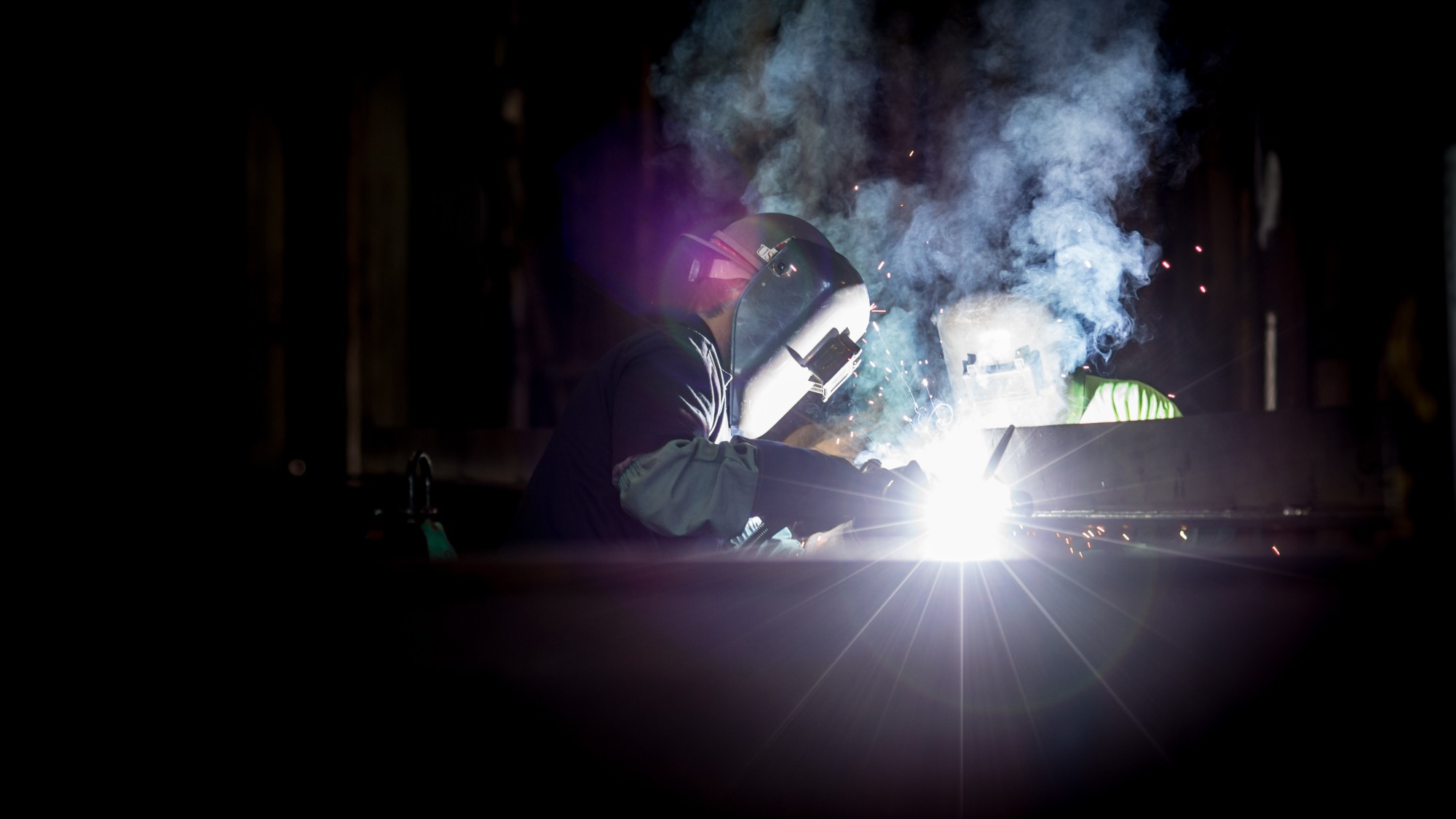
What Is Metal Fabrication and What Are the Common Types of Processes?
It’s not often that you stop and think: what is metal fabrication? All the metal in your life is probably already shaped and perfected for everyday use.
So how does it come into existence anyway? In this article, we’ll tell you what metal fabrication is and the common types of processes.
What Is Metal Fabrication?
As you know, metals are naturally found on this planet. You may have some basic knowledge of how we mine and gather the raw materials, but the process of turning them into something like a chair or light fixture is a complete mystery to you.
Well, there are several steps along the way, one of which is metal fabrication.
When the raw metals have been mined, they’re sent to a company to be made into premade shapes so other companies can assemble them into a complete product. Usually, they’re sent to a contract manufacturing business that can offer turnkey services to their customers.
The Common Types of Processes
There are several ways manufacturers turn raw metal into the shapes and sizes that their customers want. Below are some of the common types of processes used.
Casting
This is one of the oldest processes used in metal fabricating. In this type, you pour molten metal into a mold, and once it cooled off, it’d have the shape of it. As you’d expect, this method is commonly used, as the possibilities are endless when it comes to getting specific shapes.
Casting is a cost-effective way of metal fabrication since the metal’s shaped in one step. With other types of fabrication, it may take several steps before the final shape is achieved.
Cutting
Cutting is the most commonly used type of metal fabrication. There are 2 types of cutting: raw and premade.
With raw cutting, the manufacturer is responsible for cutting down sheets of metal that haven’t been shaped yet. With premade, they may receive preformed shapes that need to be cut down to size.
With the advances in technology, the process of cutting can be done now with lasers and plasma torches.
Welding
Welding may be tied with cutting for the most popular metal fabrication process. You may be familiar with it, or at least have heard of it since it’s widely used.
In this method, two pieces of metal are joined together, usually through an application of heat at the point of connection. The two pieces can be anything or any shape, so long as they’re metal. Most metalworkers use this process when working on their projects.
Folding
Folding is probably the most complicated process in this whole list. Sometimes, pieces of metal are joined at a 90-degree angle, but they have a sharp edge. The process of folding aims to get a 90-degree angle bend in metal, but with a blunter edge.
This process can produce objects that are easier to work with, but unfortunately, folding needs to be done with high-tech equipment. Because of this, folding isn’t often done and instead, other processes are used.
Machining
All the other processes of metal fabrication in this list have been about joining together metal. However, the rest of the items on this list are about taking away metal.
Machining is a general term for removing pieces from metal. This can be as simple as trimming the edges so the metal is the right shape or size for the customer, or it can be drilling holes through the sheet.
Manufacturers usually perform machining by using a lathe. This machine rotates the metal so workers don’t have to manually manipulate the pieces themselves.
Punching
Punching is specifically putting holes into a piece of metal. This is done by putting the sheet onto a die, which is a unique tool that both cuts and shapes metal. There are 2 reasons for using punching, the first of which is to make holes where other parts can latch onto.
The second reason is called blanking. Blanking is done when a smaller part is needed from a large sheet of metal. Therefore, that part is cut out of the piece and used for another purpose.
Shearing
If you were to think of the opposite of welding, then it’d be shearing. Shearing is the process of making a clean cut down a sheet of metal. A common way shearing is done is by feeding the piece through a metal-cutting machine; this is done similarly to how timber is cut (horizontally).
To cut vertically, the opposite is done; the metal stays still while a cutting tool passes over it. The third method of shearing is the “paper cutter” method. The sheet of metal is placed on the cutting tool with the edge hanging over. The blade is then lowered to cut the sheet into two.
Stamping
Like with punching, stamping utilizes a die. However, punching creates a hole, while stamping doesn’t. Instead, this process creates raised parts in the metal.
Stamping is incredibly useful for putting patterns, letters, and other images on metal. As you would with an ink stamp, you’d using metal stamping to replicate designs across multiple sheets of metal. This is a very quick and cheap way to fulfill large orders.
Now You Know
Now you know the answer to the question: what is metal fabrication? The next time you’re out with friends and family, surprise them with this bit of trivia. They’ll be completely shocked that you know so much about metal fabrication and will be intrigued.
Check out our other blog articles for some more interesting topics.
